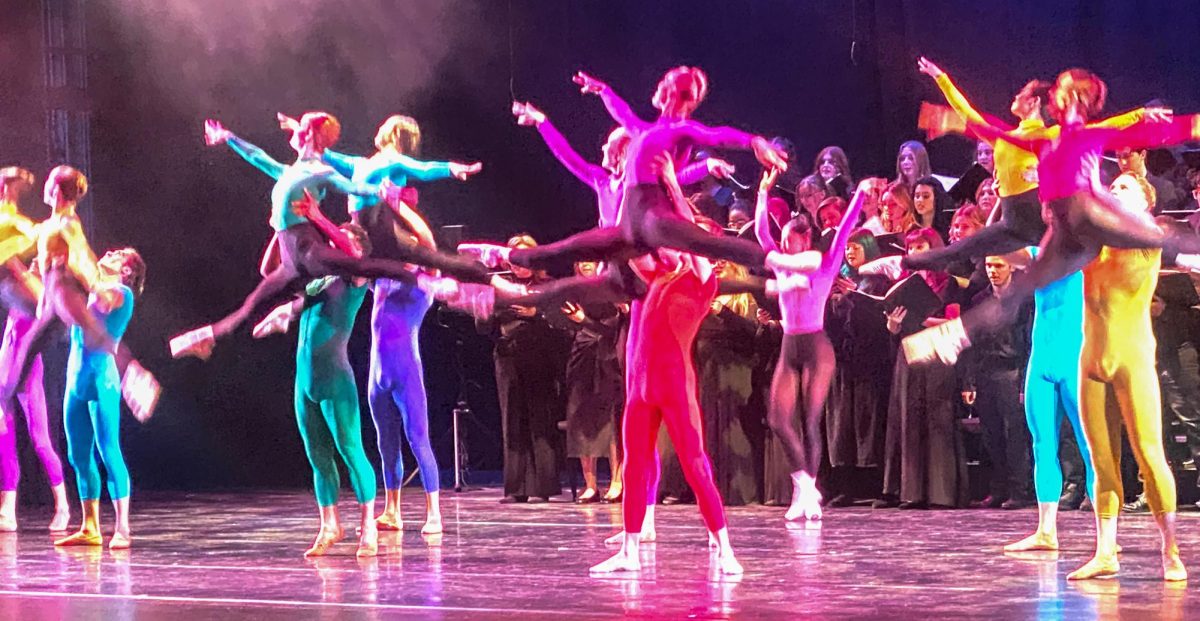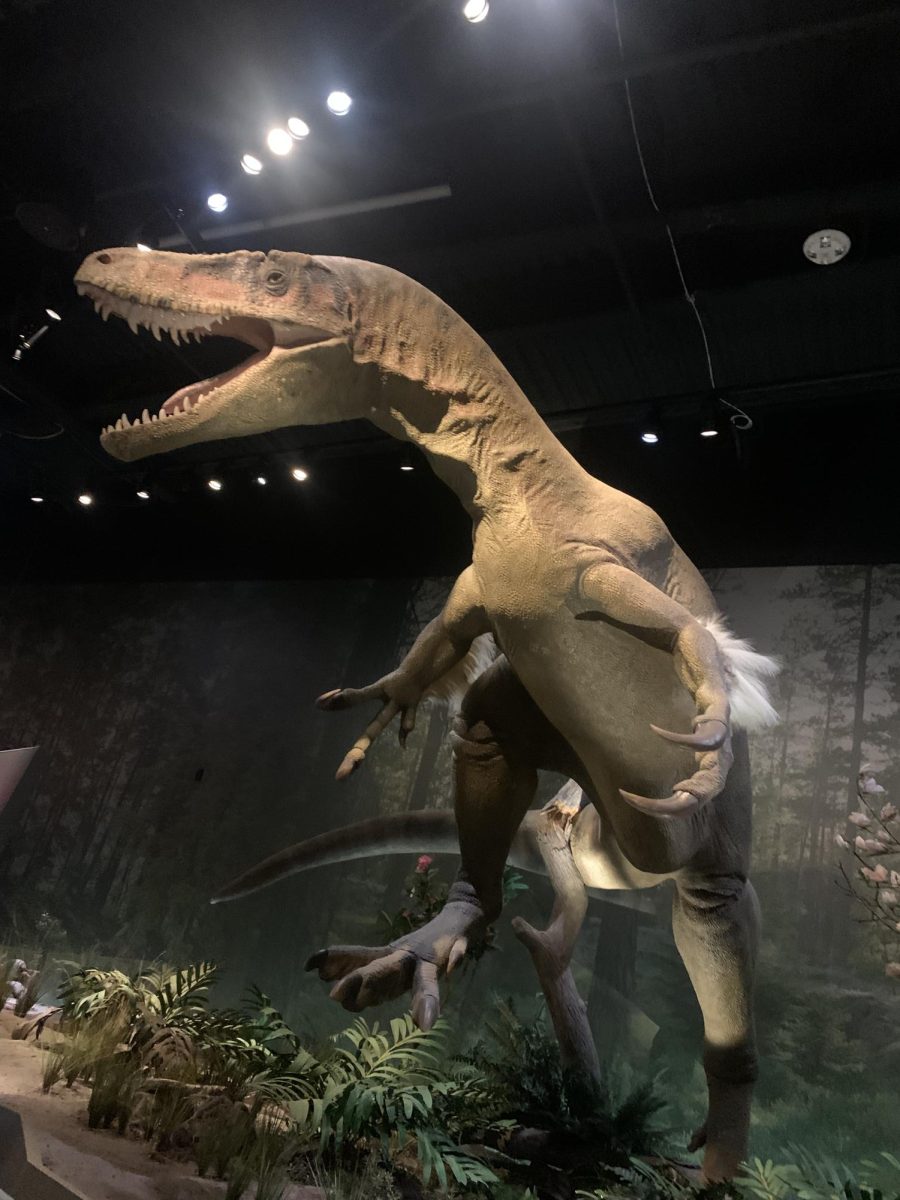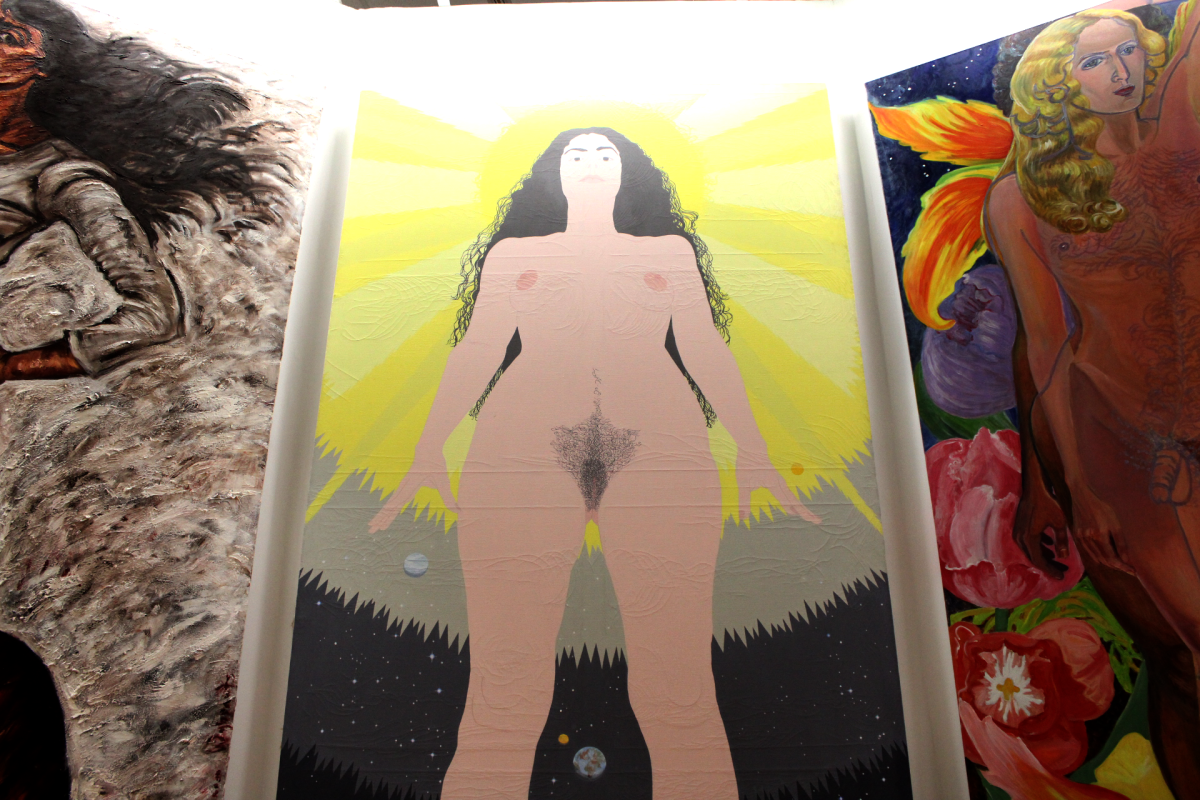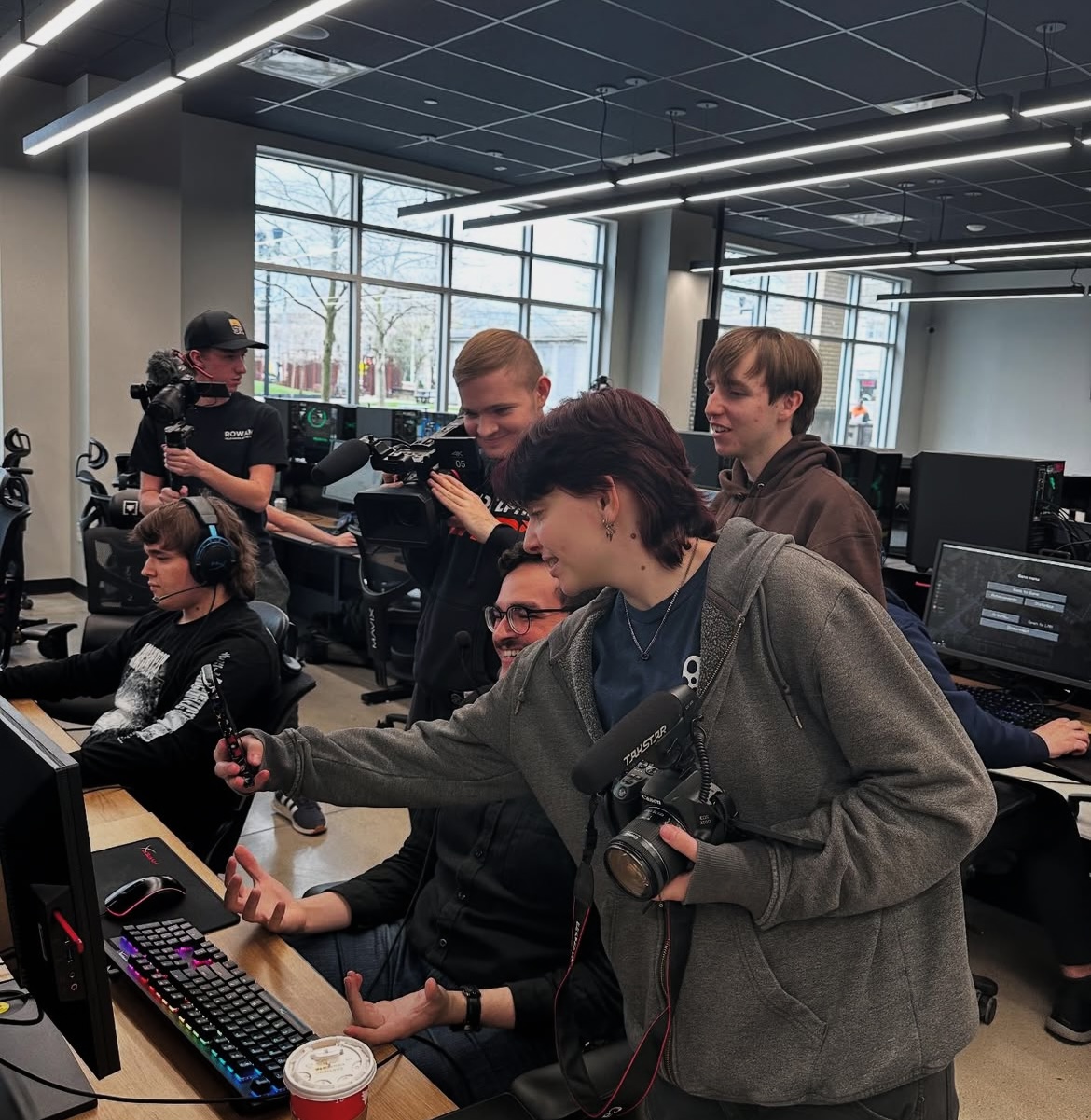Some people have committed their lives to questioning conventional narratives and pushing limits in the fields of art history and feminist studies. Cynthia Mailman, an outspoken feminist artist who has played a key role in the women’s art movement since the 1970s, is one such individual. Rowan students may now attend one of Mailman’s art shows, “The Origins of God,” at the Center for Art and Social Engagement in Westby Hall.
In a recent conversation with Andrew D. Hottle, a professor of art history and curator at Rowan University, we learn about Mailman’s incredible artistic journey and her thought-provoking show, “The Origins of God.”
Mailman, who was born in 1942, has spent decades deconstructing and rethinking the traditional depiction of God, particularly as a masculine figure. She was a founder member of Soho 20, an all-women’s art gallery founded in 1973, which laid the groundwork for her participation in the development of “The Sister Chapel” installation. The installation for “The Sister Chapel” was created with many collaborations including Elise Greenstein. Mailman played an important role in this creative endeavor, painting a nine-foot painting of God as a naked woman, questioning conventional conceptions of the divine.

“She was painting these very subtle colors with just a small number of colors on an individual canvas. And so it’s a very subdued composition. You can see just a few little hints of what the kneecaps are and the nose. So the painting is a very flat composition, but incredible,” said Hottle, “So it’s Mercury, Venus, Earth, Mars— the planets that surround her. So she’s standing in the universe, towering over it with the sun behind her.”
Hottle met Mailman when researching “The Sister Chapel” project. He went into the history of the Soho 20 Gallery, which she was also a part of. This relationship allowed for a better understanding of her position in the feminist art movement as well as her examination of the notion of God.
What distinguishes Mailman’s work is her attention to researching the roots of the God notion, digging into archeological materials, and quoting competent archaeologists and other feminists. Her work is a mix of archeological data, quotes, and images that ask the audience to reevaluate the traditional depiction of God as masculine.
A big painting of God as a naked woman is one of her most recognizable works, a forceful message that questions the gendered conception of the divine. This piece was made in 1977 and has suffered damage over the years, exhibiting cracks and scars from an incident during transportation. Nonetheless, it is an awe-inspiring work of art that seeks to defy conventional views.

“The painting has cracks on the surface and marks on it because in 1978, it blew off the top of her car while it was being transported for an exhibition and it was run over and so over the years the cracks have developed,” said Hottle, “these marks are from the stretcher the woods support on the back, so it’s still difficult to restore unfortunately, but it’s an incredible piece and the perspective is very hard for an artist to make with her looking down at you.”
Mailman’s art digs into the history of religion and mythology, going beyond conventional depiction. Her “The Origins of God” series, which spans four decades, demonstrates her commitment to examining the notion of God through the eyes of an artist. Her work is inspired by female figures found in Paleolithic art and is informed by early ways of image-making, frequently including female symbolism and imagery.
“She’s pointing out the fact that in the ancient stone age, we find far more symbols and figures that refer to women than we do to men. So the next logical step is that women were considered to be more important, right?” said Hottle. “If we’re making images and references to women, why are we not making references to men if they’re the most important? This is where this question arises, the archaeological evidence does not support the idea that men were considered to be most important. Instead, it implies the opposite.”

Hottle, who has spent much time researching Mailman’s work, feels that it has the potential to spark larger conversations about gender, identity, and the impact of established myths in our culture. Her work questions the patriarchy’s role in molding the image of God and emphasizes the importance of rethinking our cultural narratives in the pursuit of truth and equality.
“Well, women give birth so isn’t it easier to think of God as being a woman? God, the Creator, in some religions, wills humans into existence, but a woman’s body produces life, we actually can see that happen… I think it [The Origins of God] prompts us to think about entrenched cultural narratives,” said Hottle. “I think that’s a that’s a tall order, maybe. But that’s really what it’s intended to do and The Sister Chapel does similar things. It prompts us to consider women as equal participants in history and so this is challenging audiences to think about the narratives that we’ve many of us have been raised on and they’ve perpetuated.”

As we reflect on Mailman’s artistic journey, we are reminded that art has the power to transcend time and inspire change. Mailman’s work pushes us to explore our beliefs, leaving an unforgettable stamp on the canvas of our collective mind. The art show will be open throughout Nov. and will end on Dec.19.
For comments/questions about this story DM us on Instagram @thewhitatrowan or email [email protected]
































































































































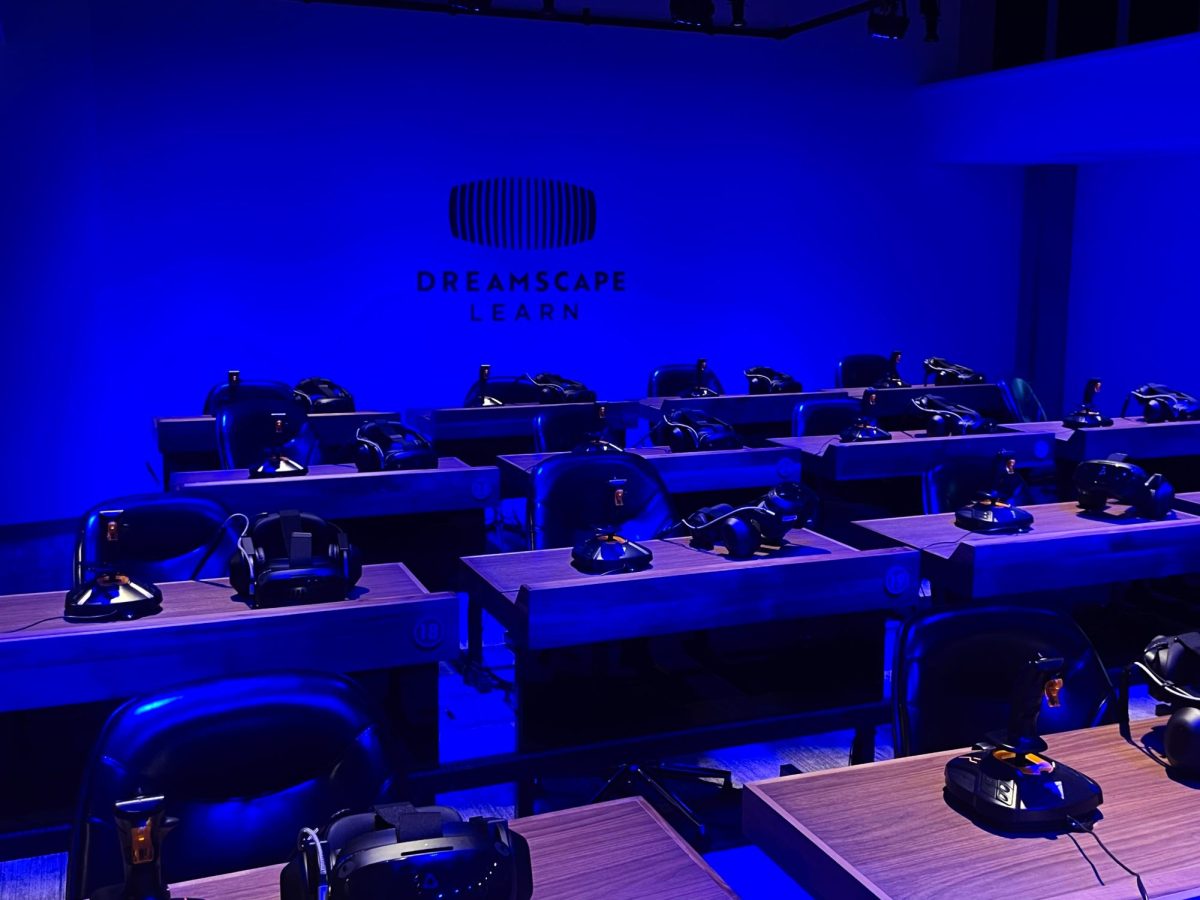
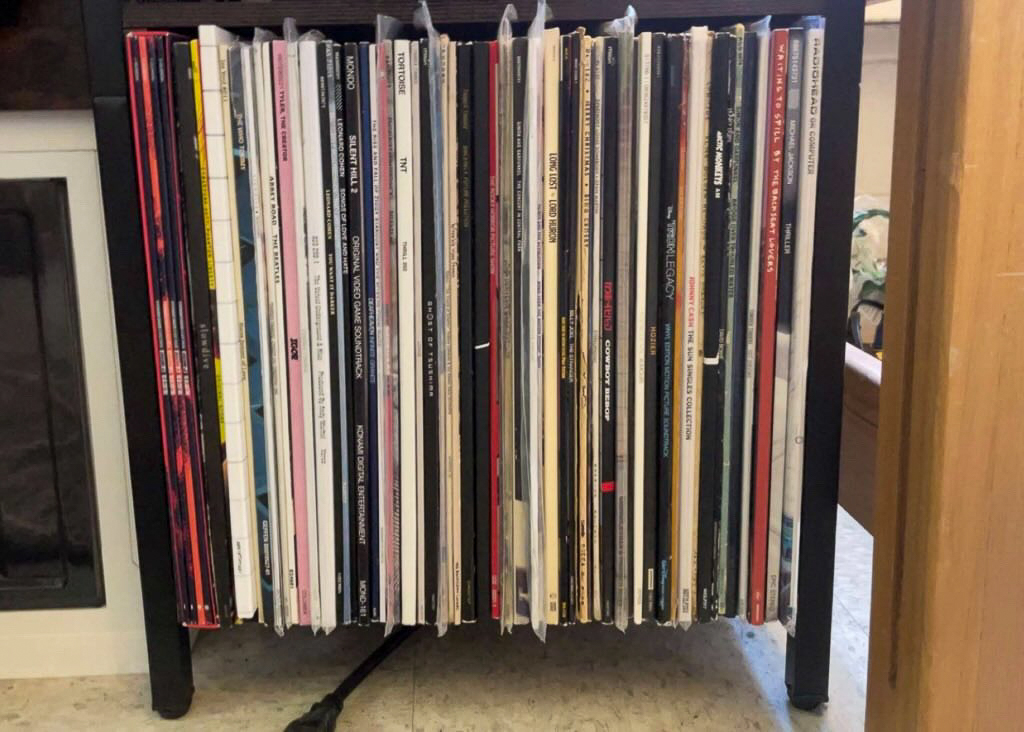























!["Working with [Dr. Lynch] is always a learning experience for me. She is a treasure,” said Thomas. - Staff Writer / Kacie Scibilia](https://thewhitonline.com/wp-content/uploads/2025/04/choir-1-1200x694.jpg)

